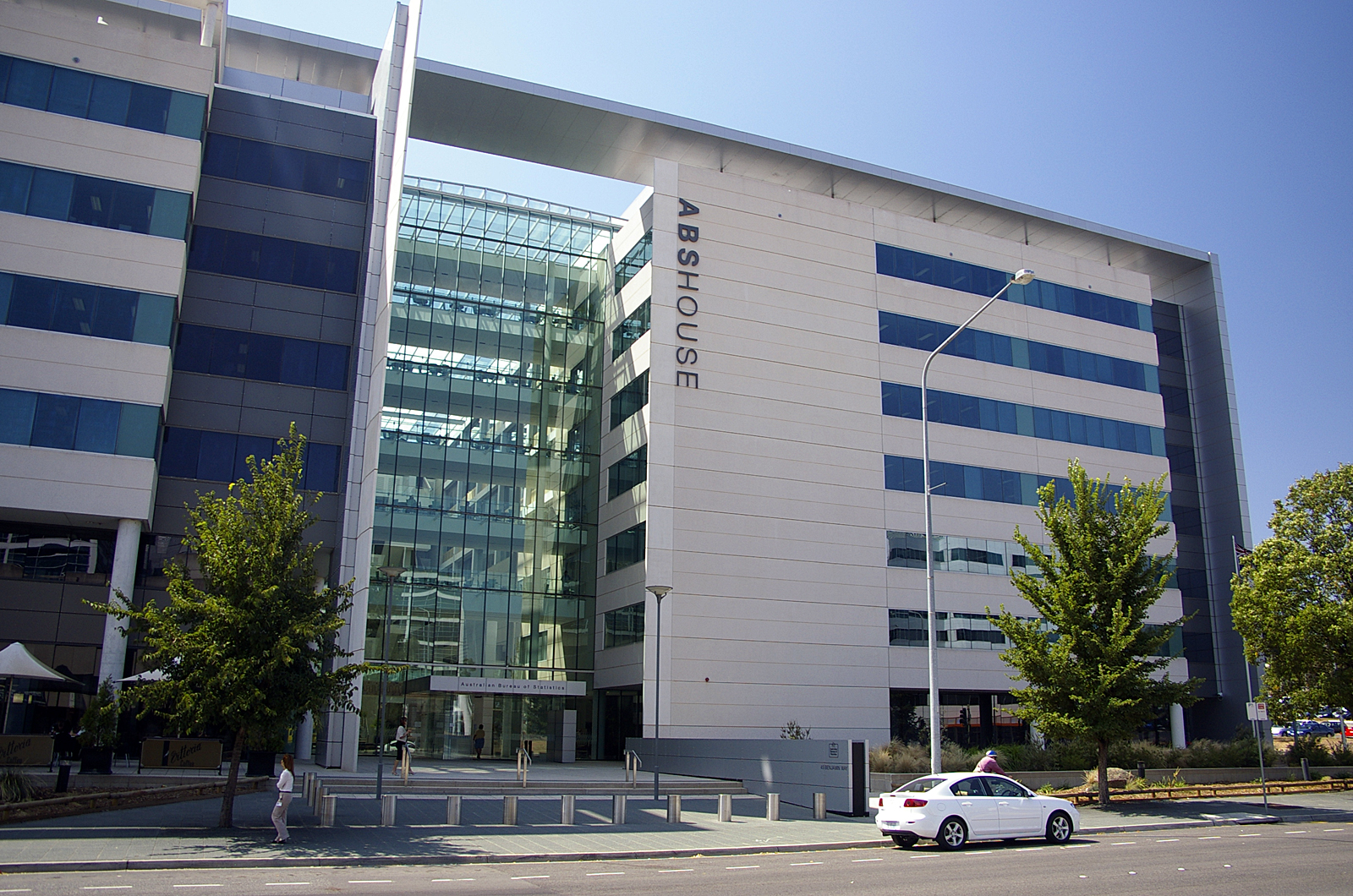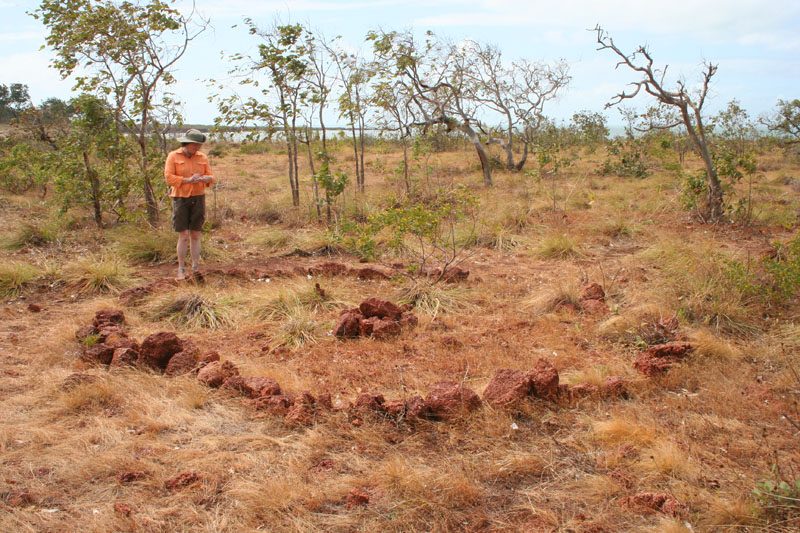|
East Arnhem Region
The East Arnhem Region is a local government area of the Northern Territory, Australia, governed by the East Arnhem Regional Council. Situated in the far north-eastern corner of the Northern Territory, the region covers an area of and had a population of approximately 10,345 in June 2018. East Arnhem Region was created under the ''Local Government Act (NT) 2008'' to provide core local government services. The area comprises nine major remote communities, many homelands and outstations, commercial enterprises such as tourism, two mining leases, and pastoral properties scattered throughout the council area. Five of the nine communities are located on islands. Six of the communities are recognised Remote Service Delivery Sites by the Commonwealth and another is recognised as a NT Government Territory Growth Town. History In October 2006 the Northern Territory Government announced the reform of local government areas. The intention of the reform was to improve and expand the del ... [...More Info...] [...Related Items...] OR: [Wikipedia] [Google] [Baidu] |
Australian Bureau Of Statistics
The Australian Bureau of Statistics (ABS) is the independent statutory agency of the Australian Government responsible for statistical collection and analysis and for giving evidence-based advice to federal, state and territory governments. The ABS collects and analyses statistics on economic, population, environmental and social issues, publishing many on their website. The ABS also operates the national Census of Population and Housing that occurs every five years. History In 1901, statistics were collected by each state for their individual use. While attempts were made to coordinate collections through an annual Conference of Statisticians, it was quickly realized that a National Statistical Office would be required to develop nationally comparable statistics. The Commonwealth Bureau of Census and Statistics (CBCS) was established under the Census and Statistics Act in 1905. Sir George Knibbs was appointed as the first Commonwealth Statistician. Initially, the bureau w ... [...More Info...] [...Related Items...] OR: [Wikipedia] [Google] [Baidu] |
Umbakumba
Umbakumba is a community located on Groote Eylandt in the Gulf of Carpentaria, Northern Territory, Australia. The main spoken languages are Anindilyakwa, an Australian Aboriginal language, and English. There are also several Yolŋu Matha speakers. It is one of the three main settlements on the Groote Eylandt archipelago, including Milyakburra and Angurugu, where Anindilyakwa is the predominant spoken language. According to the 2016 Australian Census, the population of Umbakumba was 503, an increase from 441 in 2011. History Macassan contact Before European contact, Macassan and Bugis sailors would visit the area searching for trepang from around the early to mid-1700s. They introduced culinary delights such as tamarinds, chilli and beer. The trade continued until the Australian Government introduced the White Australia Policy in 1906. There is still evidence of the Macassans, such as the wild tamarind trees, which the traders introduced to the area. The place-name it ... [...More Info...] [...Related Items...] OR: [Wikipedia] [Google] [Baidu] |
Gapuwiyak, Northern Territory
Gapuwiyak, also known as Lake Evella, is an Aboriginal Australian community located in north-eastern Arnhem Land, Northern Territory, south of the head of Buckingham Bay and about the same distance south-west of Arnhem Bay. The settlement had a population of 871 people recorded at the 2016 census. Gapuwiyak is adjacent to Lake Evella. The lake was seen by Harold Shepherdson from his Miles Hawk aeroplane in 1935 and he named it Lake Evella after his wife Ella, and Eva, the wife of a fellow missionary Rev. T.T. Webb. ''Gapuwiyak'' means "brackish water" (''Gapu'' – water; ''Wiyak'' – salty). The community is serviced by a barge from Darwin once a week that comes up the Buckingham River. The community comprises Aboriginal people from many different families or clans. It produces a newsletter called ''Gapuwiyak Dhäwu''. In April 2017, a four-day festival to mark the Rom ceremony was attended by about 500 people at Gapuwiyak School. The Yolngu Rom comprises the laws, v ... [...More Info...] [...Related Items...] OR: [Wikipedia] [Google] [Baidu] |
East Arnhem, Northern Territory
East or Orient is one of the four cardinal directions or points of the compass. It is the opposite direction from west and is the direction from which the Sun rises on the Earth. Etymology As in other languages, the word is formed from the fact that east is the direction where the Sun rises: ''east'' comes from Middle English ''est'', from Old English ''ēast'', which itself comes from the Proto-Germanic *''aus-to-'' or *''austra-'' "east, toward the sunrise", from Proto-Indo-European *aus- "to shine," or "dawn", cognate with Old High German ''*ōstar'' "to the east", Latin ''aurora'' 'dawn', and Greek ''ēōs'' 'dawn, east'. Examples of the same formation in other languages include Latin oriens 'east, sunrise' from orior 'to rise, to originate', Greek ανατολή anatolé 'east' from ἀνατέλλω 'to rise' and Hebrew מִזְרָח mizraḥ 'east' from זָרַח zaraḥ 'to rise, to shine'. ''Ēostre'', a Germanic goddess of dawn, might have been a personificatio ... [...More Info...] [...Related Items...] OR: [Wikipedia] [Google] [Baidu] |
Anindilyakwa, Northern Territory
__NOTOC__ Anindilyakwa is a locality on Groote Eylandt, in the Northern Territory, Australia, located about east of the territory capital of Darwin. History The locality's boundaries and name were gazetted on 3 April 2007. It is named after the eponymous Anindilyakwa Land Council. Demographics As of the 2021 Australian census, 375 people resided in Anindilyakwa, up from 117 in the . The median age of persons in Anindilyakwa was 31 years. There were more males than females, with 57.6% of the population male and 42.4% female. The average household size was 3.9 people per household. Governance , the East Arnhem Regional Council is the local government for Anindilyakwa, which is in the council's Anindilyakwa Ward. The Anindilyakwa Land Council is the land council to the community, responsible for matters under the ''Aboriginal Land Rights (Northern Territory) Act 1976 The ''Aboriginal Land Rights (Northern Territory) Act 1976'' (ALRA) is Australian federal government le ... [...More Info...] [...Related Items...] OR: [Wikipedia] [Google] [Baidu] |
Address
An address is a collection of information, presented in a mostly fixed format, used to give the location of a building, apartment, or other structure or a plot of land, generally using political boundaries and street names as references, along with other identifiers such as house or apartment numbers and organization name. Some addresses also contain special codes, such as a postal code, to make identification easier and aid in the routing of mail. Addresses provide a means of physically locating a building. They are used in identifying buildings as the end points of a postal system and as parameters in statistics collection, especially in census-taking and the insurance industry. Address formats are different in different places, and unlike latitude and longitude coordinates, there is no simple mapping from an address to a location. History Until the 18th and 19th centuries, most houses and buildings were not numbered. Street naming and numbering began under the age of Enl ... [...More Info...] [...Related Items...] OR: [Wikipedia] [Google] [Baidu] |
Gapuwiyak
Gapuwiyak, also known as Lake Evella, is an Aboriginal Australian community located in north-eastern Arnhem Land, Northern Territory, south of the head of Buckingham Bay and about the same distance south-west of Arnhem Bay. The settlement had a population of 871 people recorded at the 2016 census. Gapuwiyak is adjacent to Lake Evella. The lake was seen by Harold Shepherdson from his Miles Hawk aeroplane in 1935 and he named it Lake Evella after his wife Ella, and Eva, the wife of a fellow missionary Rev. T.T. Webb. ''Gapuwiyak'' means "brackish water" (''Gapu'' – water; ''Wiyak'' – salty). The community is serviced by a barge from Darwin once a week that comes up the Buckingham River. The community comprises Aboriginal people from many different families or clans. It produces a newsletter called ''Gapuwiyak Dhäwu''. In April 2017, a four-day festival to mark the Rom ceremony was attended by about 500 people at Gapuwiyak School. The Yolngu Rom comprises the laws, values ... [...More Info...] [...Related Items...] OR: [Wikipedia] [Google] [Baidu] |
Gunyangara
The Gove Peninsula is at the northeastern corner of Arnhem Land in the Northern Territory of Australia. The peninsula became strategically important during World War II when a Royal Australian Air Force base was constructed at what is now Gove Airport. The peninsula was involved in a famous court case known as the Gove land rights case, when local Yolngu people tried to claim native title over their traditional lands in 1971, after the Australian Government had granted a mineral lease to a bauxite mining company without consulting the local peoples. Today the land is owned by the Yolngu people. Location The Gove Peninsula is on the west coast of the Gulf of Carpentaria within Arnhem Land, a vast tract of Aboriginal-owned land on the Northern Territory coastline. The township of Nhulunbuy is the main commercial and service centre of the Peninsula and is 600 kilometres east of Darwin. History Modern As Europeans started land exploration throughout the Northern Territo ... [...More Info...] [...Related Items...] OR: [Wikipedia] [Google] [Baidu] |
Yirrkala
Yirrkala is a small community in East Arnhem Region, Northern Territory, Australia, southeast of the large mining town of Nhulunbuy, Northern Territory, Nhulunbuy, on the Gove Peninsula in Arnhem Land. Its population comprises predominantly Aboriginal Australians of the Yolngu people, and it is also home to a number of Mission Aviation Fellowship pilots and engineers based in Arnhem Land, providing air transport services. In the , Yirrkala had a population of 809 people. History There has been an Aboriginal Australians, Aboriginal community at Yirrkala throughout recorded history, but the community increased enormously in size when Yirrkala Mission station, mission was founded in 1935. Land rights Yirrkala played a pivotal role in the development of the relationship between Indigenous Australians, Indigenous and non-Indigenous Australians when the document Bark petition, Bark Petition was created at Yirrkala in 1963 and sent to the Australian Government, Federal Governme ... [...More Info...] [...Related Items...] OR: [Wikipedia] [Google] [Baidu] |
Galiwinku
Elcho Island, known to its traditional owners as Galiwin'ku (Galiwinku) is an island off the coast of Arnhem Land, in the Northern Territory of Australia. It is located at the southern end of the Wessel Islands group located in the East Arnhem Region. Galiwin'ku is also the name of the settlement where the island's largest community lives. Elcho Island formed part of the traditional lands of the Yan-nhaŋu, according to Norman Tindale. According to J. C. Jennison, the Aboriginal inhabitants were the Dhuwal, who called themselves the ''Kokalango Mala'' (''mala''=clan.) Geography Elcho Island is approximately long and across at its widest point. It is bounded on the western side by the Arafura Sea and on the east by the Cadell Strait. Elcho Island is a short distance away from the mainland and Howard Island. Galiwin'ku, located near the island's southern tip, is the main community on the island. It is the largest and most remote Aboriginal community in northeast Arnhem ... [...More Info...] [...Related Items...] OR: [Wikipedia] [Google] [Baidu] |
Elcho Island
Elcho Island, known to its traditional owners as Galiwin'ku (Galiwinku) is an island off the coast of Arnhem Land, in the Northern Territory of Australia. It is located at the southern end of the Wessel Islands group located in the East Arnhem Region. Galiwin'ku is also the name of the settlement where the island's largest community lives. Elcho Island formed part of the traditional lands of the Yan-nhaŋu, according to Norman Tindale. According to J. C. Jennison, the Aboriginal inhabitants were the Dhuwal, who called themselves the ''Kokalango Mala'' (''mala''=clan.) Geography Elcho Island is approximately long and across at its widest point. It is bounded on the western side by the Arafura Sea and on the east by the Cadell Strait. Elcho Island is a short distance away from the mainland and Howard Island. Galiwin'ku, located near the island's southern tip, is the main community on the island. It is the largest and most remote Aboriginal community in northeast Arnhem ... [...More Info...] [...Related Items...] OR: [Wikipedia] [Google] [Baidu] |




